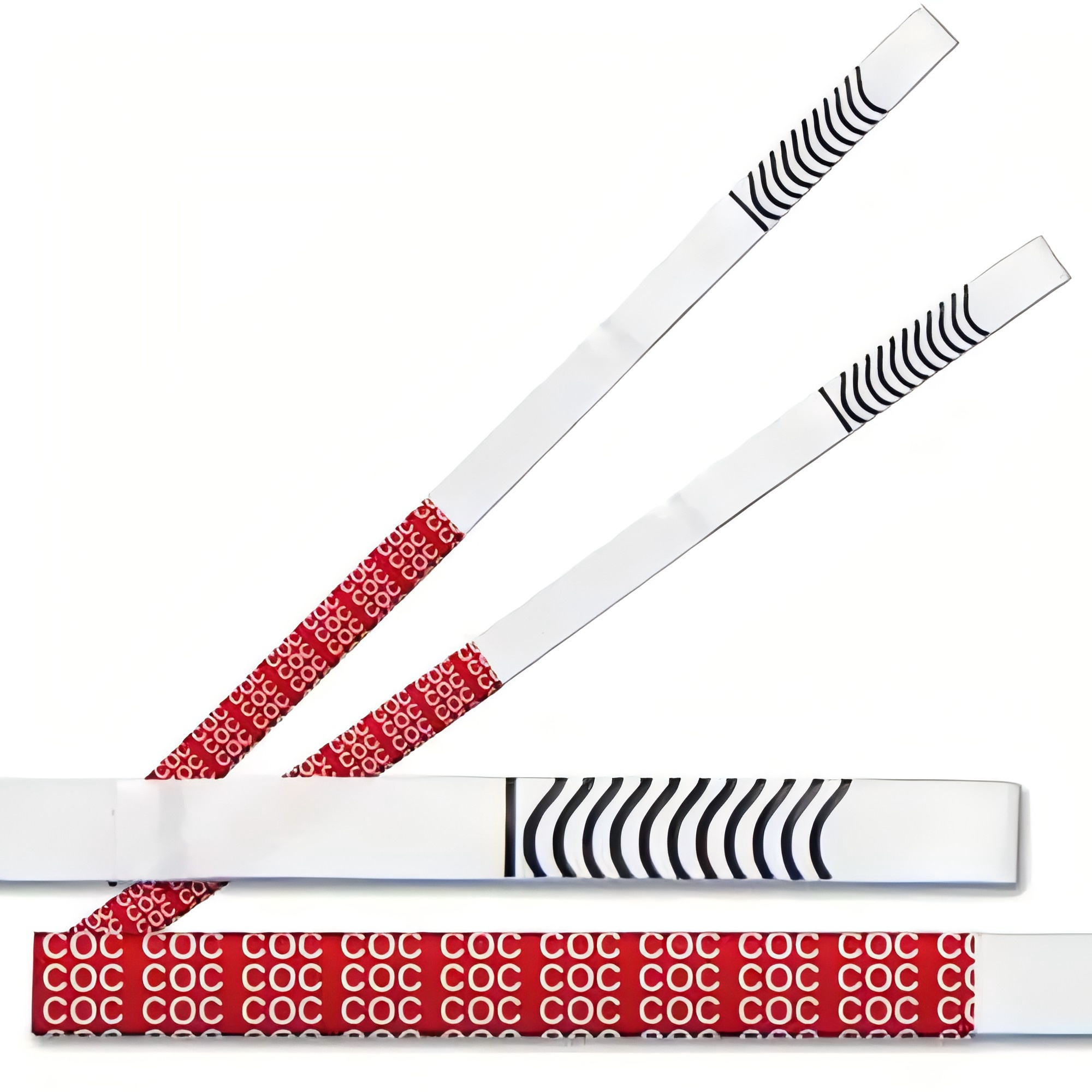Biologic Specimen Choices for Drug Testing
Drug testing is a crucial part of various clinical and workplace settings, aimed at identifying substance-use disorders and ensuring safety. The choice of biologic specimen is fundamental in determining the effectiveness and accuracy of a drug test. Each type of specimen offers unique advantages and limitations, impacting the test outcomes.
Urine as the Preferred Specimen
Urine is the most commonly used specimen in drug testing due to its ease of collection and longer detection window for various substances. Both parent and metabolite compounds can be detected, allowing for comprehensive analysis. Suppliers and manufacturers of drug testing equipment often prioritize urine testing kits due to their widespread acceptance and reliability.
Alternative Specimen Options
Besides urine, other specimens such as saliva, hair, sweat, nails, meconium, and blood are utilized. Each has specific applications; for instance, hair testing can provide a longer detection window for chronic use, while saliva can reflect recent drug intake. Wholesale suppliers of drug testing kits may provide multi-specimen options to accommodate different testing requirements.
Key Urine Sample Collection Factors
Accurate results in urine drug testing depend significantly on proper sample collection. Missteps during this phase can lead to false-negative or adulterated results, affecting the test’s validity.
Essential Collection Parameters
Several factors need consideration during urine collection, such as temperature, pH, specific gravity, and creatinine levels. The temperature should be between 90 to 100 degrees Fahrenheit, pH should range from 4.5 to 8, specific gravity between 1.002 and 1.030, and creatinine greater than 20 mg/dL. These parameters help ensure sample integrity and avoid manipulation.
Potential Outliers
While standard parameters exist, certain medications, foods, and medical conditions can cause legitimate deviations. A pH of 11 or a specific gravity above 1.030, however, might indicate adulteration. Drug test suppliers often include guidelines for handling such anomalies to maintain test accuracy.
Immunoassay Testing in Drug Screens
Immunoassay testing is a preliminary method used widely in drug screening due to its rapid results and cost-effectiveness. It involves the use of antibodies to detect drug metabolites.
Types of Immunoassay Testing
Common immunoassay techniques include enzyme-multipled immunoassay technique (EMIT), enzyme-linked immunosorbent assay (ELISA), and fluorescence polarization immunoassay. These methods cater to wholesale markets due to their scalability and adaptability in various settings.
Limitations and Cross-Reactivity
Despite its advantages, immunoassay testing is prone to cross-reactivity, leading to false positives. This occurs when antibodies detect substances with similar structures, necessitating confirmatory testing. Manufacturers strive to improve the specificity of these tests to minimize inaccuracies.
Confirmatory Testing: GC-MS and LC-MS/MS
For conclusive results, confirmatory testing methods such as Gas Chromatography/Mass Spectrometry (GC-MS) and Liquid Chromatography/Tandem Mass Spectrometry (LC-MS/MS) are employed.
GC-MS: The Gold Standard
GC-MS is highly specific and quantifies the precise amount of drug present by analyzing molecular structures. Although more expensive and time-consuming, it offers unmatched accuracy, making it a staple in drug testing confirmation by laboratory suppliers.
LC-MS/MS Efficiency
LC-MS/MS provides a viable alternative to GC-MS, offering faster results. It is particularly beneficial for high-throughput settings, enabling manufacturers to meet the demands of large-scale testing efficiently.
Thresholds and Their Impact on Test Outcomes
Drug concentration thresholds define the reporting criteria for positive and negative results in drug testing, significantly impacting test outcomes.
Standardized Cutoffs
The U.S. Department of Health and Human Services (DHHS) establishes standardized cutoff values for workplace testing to mitigate false positives. These cutoffs, primarily used by suppliers in drug testing kits, do not equate to drug absence if results are negative, as false negatives can still occur.
Clinical Setting Variations
In clinical settings, lower thresholds may be necessary, particularly for medication adherence testing. Manufacturers cater to these needs by providing customizable test kits to suit diverse requirements.
Drug Detection Times and Influencing Factors
Each drug has a specific detection window, influenced by its half-life and the presence of metabolites. Variations occur based on drug interactions, dosage, frequency, and individual patient attributes.
Individual Variability
Factors such as body mass, urine pH and concentration, and renal and hepatic function can alter detection times. Suppliers of drug testing solutions often advise on adjusting parameters to account for these individual differences.
Chronic vs. Occasional Use
Chronic users may exhibit longer detection windows compared to occasional users. This variability poses challenges for manufacturers designing tests to differentiate between different usage patterns.
False Positives and Cross-Reactivity
False positives remain a concern in drug testing, particularly with immunoassay screens. Cross-reactivity with prescription and non-prescription substances can skew results.
Prescription Medications and False Positives
Many prescription medications, such as certain antibiotics and antidepressants, can trigger false positives. Suppliers often provide detailed cross-reactivity information to mitigate these issues.
Non-Prescription Triggers
Over-the-counter medications and even certain foods, such as poppy seeds, can result in false positives. Manufacturers educate users on potential triggers to enhance test reliability.
Medications and Substances Affecting Drug Test Results
Various medications and substances can impact drug test outcomes, necessitating confirmatory testing to verify initial results.
Common Offenders
Substances like cannabidiol (CBD) and certain herbal remedies can interfere with tests. Wholesale suppliers are increasingly providing alerts and information on these compounds to minimize erroneous results.
Strategies for Accurate Testing
- Informing laboratories of all medications and supplements prior to testing
- Utilizing confirmatory testing for ambiguous results
- Relying on experienced manufacturers for high-quality test kits
Challenges with Immunoassay Sensitivity
While immunoassay tests provide quick outcomes, their sensitivity to various substances can lead to challenges in ensuring result accuracy.
Balancing Sensitivity and Specificity
Manufacturers continuously refine test panels to balance sensitivity and specificity, aiming to reduce false positives without compromising the detection capability of actual drug metabolites.
Emerging Solutions
Innovations in test technology are emerging to enhance reliability. Suppliers are adopting advanced techniques to address the nuances of immunoassay testing, meeting the evolving demands of the industry.
Legal and Ethical Considerations in Drug Testing
Legal and ethical considerations play a pivotal role in the implementation and regulation of drug testing practices.
Regulatory Compliance
Ensuring tests adhere to legal standards is vital. Suppliers and manufacturers must navigate complex regulations to deliver compliant testing solutions, safeguarding user trust and integrity.
Ethical Implications
Ethical concerns arise in scenarios involving privacy and consent. Manufacturers focus on transparency and ethical standards in data handling and result interpretation.
Hysen Provide Solutions
Hysen offers comprehensive drug testing solutions tailored to meet diverse needs. Our advanced testing kits incorporate state-of-the-art technology to ensure accurate and reliable results. By partnering with leading suppliers and manufacturers, we provide customizable options that address both clinical and workplace requirements. Our commitment to quality ensures that false positives are minimized, and accuracy is maximized, enhancing the integrity and reliability of your drug testing programs.
User hot search: Laboratory-based drug test
Post time: Jul-25-2025
















